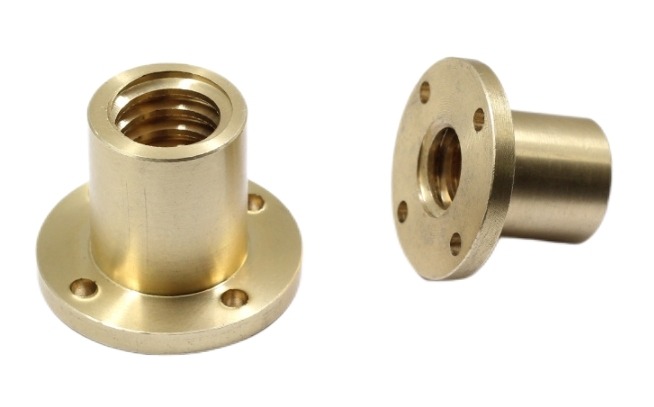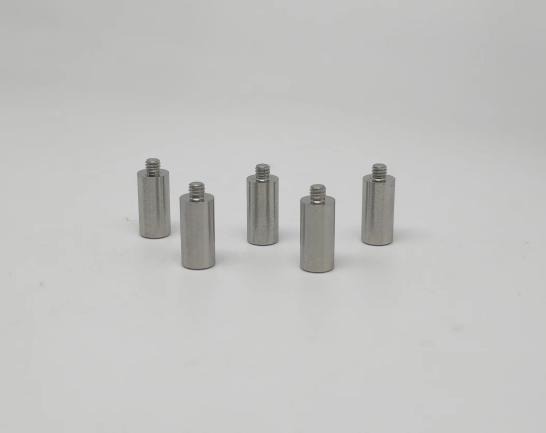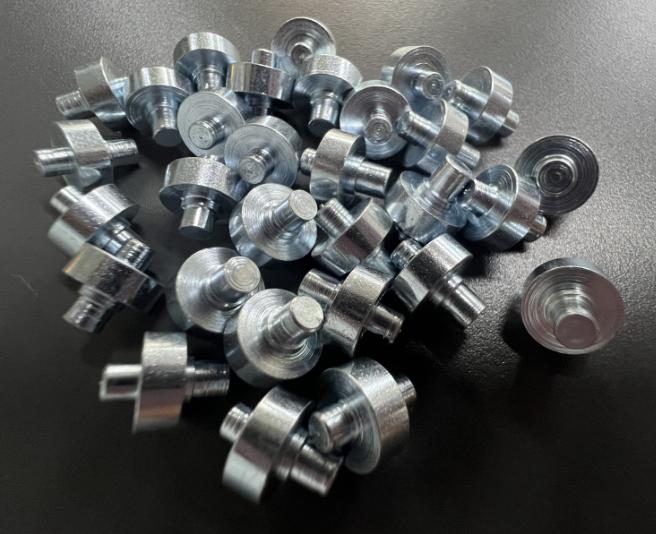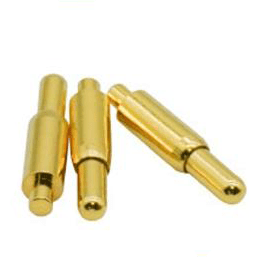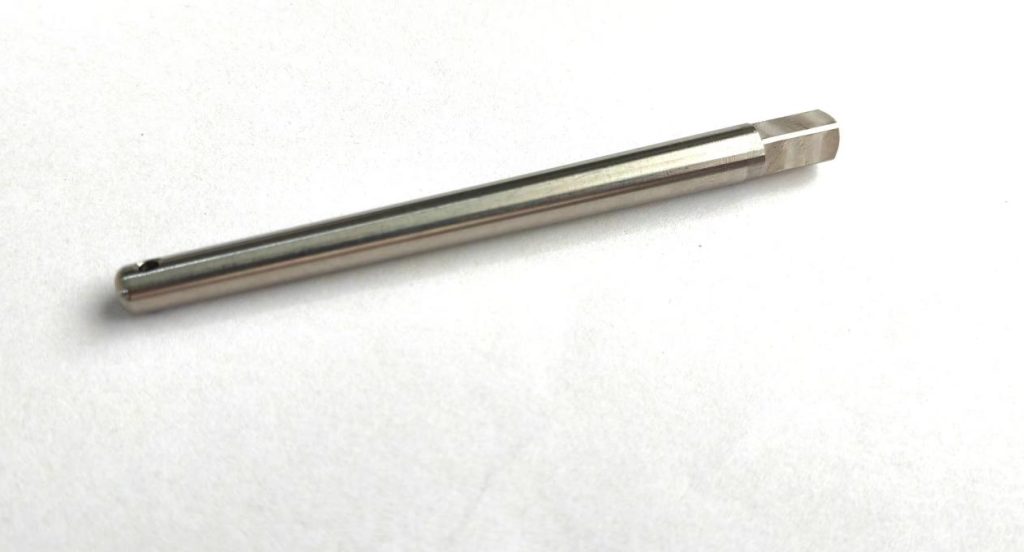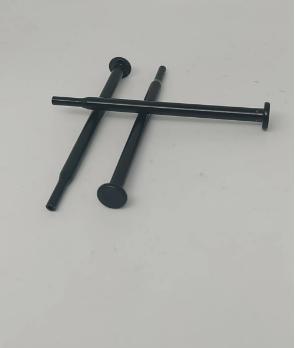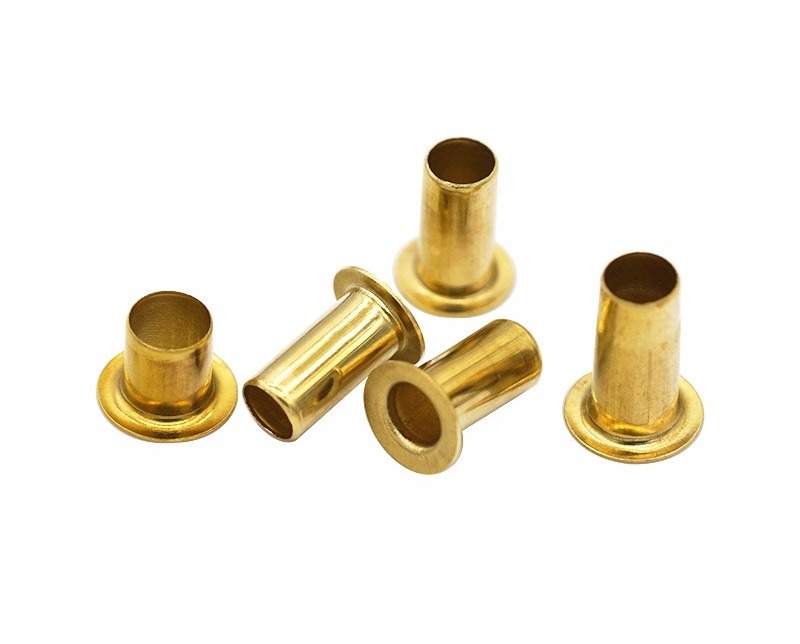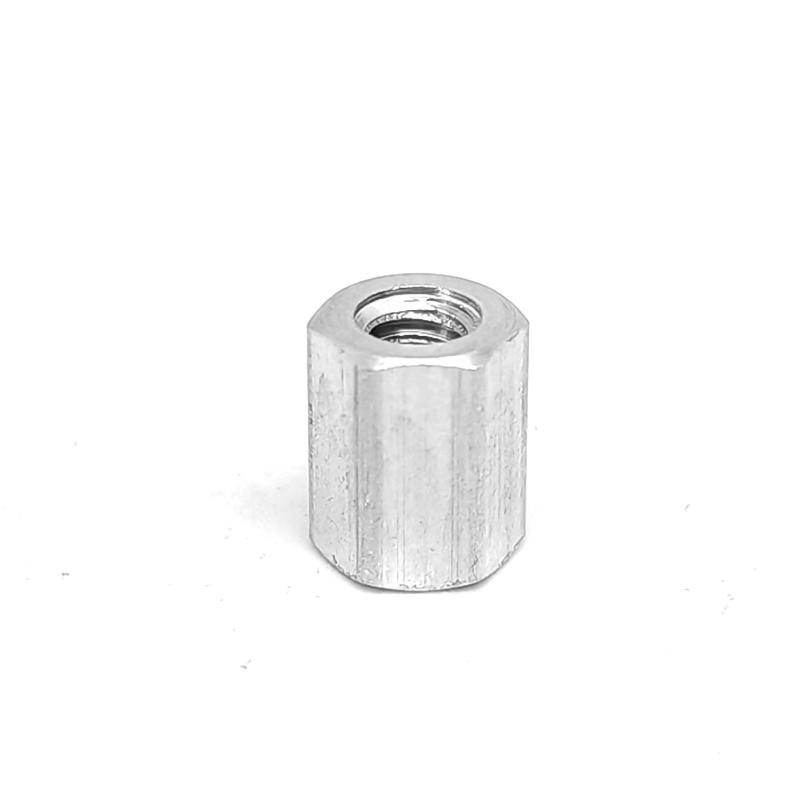What are the Differences between Thermoplastic and Thermosetting Materials in Injection Molding
Injection molding is a ubiquitous manufacturing process used across various industries to produce intricate parts and components with precision and efficiency. Central to this process is the choice of materials, which can broadly be classified into two categories: thermoplastic and thermosetting materials. Understanding the differences between these two types of materials is essential for optimizing the injection molding process and achieving desired outcomes.
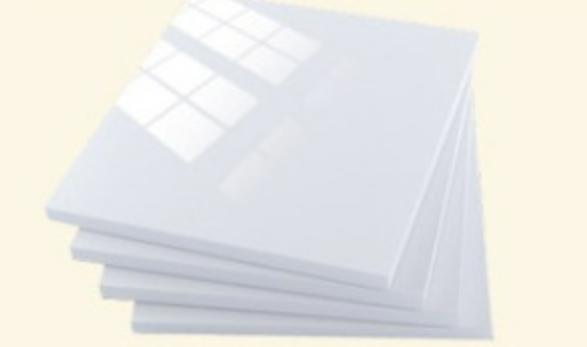
Common Properties of Thermoplastic and Thermosetting Materials in Injection Molding
Thermoplastic and thermosetting materials, despite their differences, share some common properties that make them suitable for injection molding processes. Here are some of these common properties:
- Moldability: Both thermoplastic and thermosetting materials exhibit good moldability, allowing them to be shaped into complex geometries through the injection molding process.
- Versatility: Thermoplastic and thermosetting materials can be formulated to meet a wide range of performance requirements, including mechanical strength, chemical resistance, and thermal stability.
- Durability: When properly processed, both types of materials can produce durable products that withstand various environmental conditions and mechanical stresses.
- Dimensional Stability: Both thermoplastic and thermosetting materials can maintain their shape and dimensions under normal operating conditions, ensuring consistent performance over time.
- Surface Finish: Injection molding allows for excellent surface finish on both thermoplastic and thermosetting materials, making them suitable for applications where aesthetics are important.
- Colorability: Both types of materials can be easily colored during the injection molding process, providing design flexibility and options for customization.
- High Production Efficiency: Injection molding offers high production efficiency for both thermoplastic and thermosetting materials, allowing for rapid and cost-effective manufacturing of large volumes of parts.
- Recyclability (in some cases): While thermosetting materials are typically not recyclable due to their cross-linked structure, certain thermoplastic materials can be recycled and reprocessed, contributing to sustainability efforts in manufacturing.
- Chemical Resistance: Depending on the specific formulation, both thermoplastic and thermosetting materials can exhibit good resistance to chemicals, oils, and other harsh substances, making them suitable for a wide range of applications.
- Electrical Insulation Properties: Many thermoplastic and thermosetting materials offer excellent electrical insulation properties, making them valuable for use in electrical and electronic applications.
Understanding these common properties helps manufacturers and designers make informed decisions about material selection and process optimization in injection molding applications.
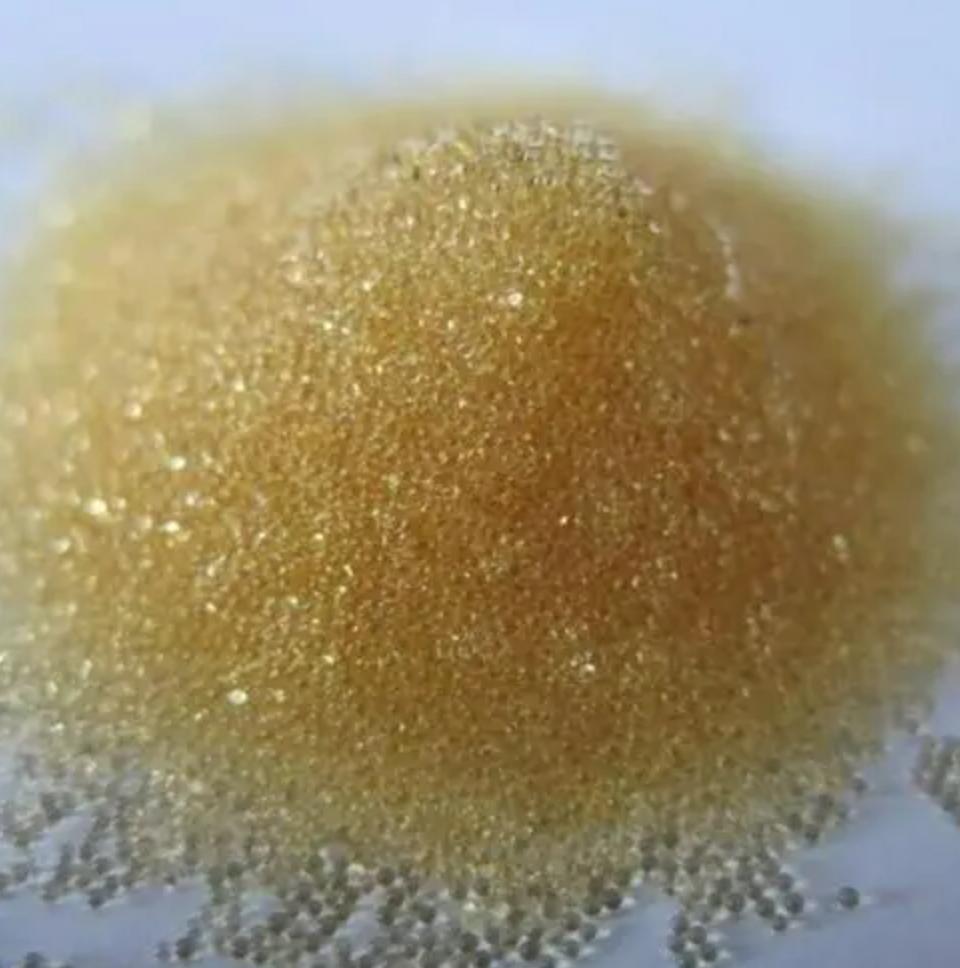
Differences between Thermoplastic and Thermosetting Materials in Injection Molding
Thermoplastic and thermosetting materials exhibit significant differences in their behavior during injection molding processes, as well as in their properties and applications. Here’s a table summarizing the key differences between thermoplastic and thermosetting materials in injection molding:
| Aspect | Thermoplastics | Thermosetting Materials |
| Chemical Structure and Behavior | Linear or branched molecular chains, can be repeatedly softened and reshaped when heated. | Three-dimensional cross-linked molecular structures, become permanently rigid and stable after curing. |
| Heating and Cooling Behavior | Soften when heated above melting temperature, solidify upon cooling. | Undergo irreversible chemical changes during curing, do not soften upon reheating. |
| Recyclability | Often recyclable due to ability to be melted and reshaped multiple times. | Typically not recyclable due to irreversible cross-linking during curing. |
| Mechanical Properties | Generally good toughness, flexibility, and impact resistance. | Superior heat resistance, dimensional stability, and mechanical strength. |
| Processing Conditions | Requires heating to melting point, then injected into mold cavity. Cooling solidifies material. | Involves curing process initiated by heat and pressure, resulting in irreversible cross-linking within mold. |
| Applications | Widely used in applications requiring flexibility, recyclability, and ease of processing. | Preferred for applications needing high temperature resistance, chemical resistance, and dimensional stability. |
| Examples | Polyethylene (PE), Polypropylene (PP), Polystyrene (PS), and Polyvinyl chloride (PVC). | Epoxy resins, Phenolic resins, and Polyurethanes. |
Understanding these differences is crucial for selecting the appropriate material for specific injection molding applications, considering factors such as performance requirements, processing conditions, and end-use properties.

Pros and Cons of Using Thermoplastic and Thermosetting Materials in Injection Molding
Here’s a breakdown of the pros and cons of using thermoplastic and thermosetting materials in injection molding:
Pros of Using Thermoplastic Materials:
- Recyclability: Many thermoplastic materials can be recycled, contributing to sustainability efforts and reducing environmental impact.
- Ease of Processing: Thermoplastics can be melted, reshaped, and cooled multiple times without significant degradation, allowing for efficient processing and recycling.
- Versatility: Thermoplastic materials can be formulated to meet a wide range of performance requirements, making them suitable for diverse applications.
- Good Toughness and Impact Resistance: Thermoplastics generally exhibit good toughness and impact resistance, making them suitable for applications where durability is important.
- Lower Production Costs: Injection molding of thermoplastic materials is often more cost-effective compared to thermosetting materials due to lower processing temperatures and shorter cycle times.
Cons of Using Thermoplastic Materials:
- Limited Heat Resistance: Thermoplastic materials may soften or deform at elevated temperatures, limiting their suitability for high-temperature applications.
- Lower Dimensional Stability: Thermoplastics may exhibit dimensional changes under varying temperatures and mechanical stresses, affecting the precision and consistency of molded parts.
- Limited Chemical Resistance: Some thermoplastic materials may not offer sufficient resistance to certain chemicals and solvents, limiting their applicability in certain industries.
Pros of Using Thermosetting Materials:
- High Heat Resistance: Thermosetting materials exhibit superior heat resistance compared to thermoplastics, making them suitable for high-temperature applications.
- Excellent Dimensional Stability: Thermosetting materials maintain their shape and dimensions under elevated temperatures and mechanical stresses, ensuring consistent performance over time.
- Superior Chemical Resistance: Thermosetting materials often offer excellent resistance to a wide range of chemicals and solvents, making them suitable for demanding industrial applications.
- High Mechanical Strength: Once cured, thermosetting materials exhibit high mechanical strength and stiffness, providing durable and reliable components.
Cons of Using Thermosetting Materials:
- Limited Recyclability: Thermosetting materials cannot be melted and reshaped after curing, limiting their recyclability and posing challenges for waste management.
- Irreversible Curing Process: Once thermosetting materials undergo curing, their chemical structure becomes irreversible, preventing further processing or reshaping.
- Higher Production Costs: Injection molding of thermosetting materials may require higher processing temperatures and longer cycle times, leading to higher production costs compared to thermoplastics.
Understanding these pros and cons is essential for selecting the most suitable material for specific injection molding applications, considering factors such as performance requirements, environmental considerations, and cost-effectiveness.
Conclusion
In conclusion, the choice between thermoplastic and thermosetting materials in injection molding depends on factors such as performance requirements, application specifications, and sustainability considerations. By understanding the differences between these materials, manufacturers can make informed decisions to optimize the injection molding process and achieve desired outcomes in terms of quality, durability, and cost-effectiveness.

